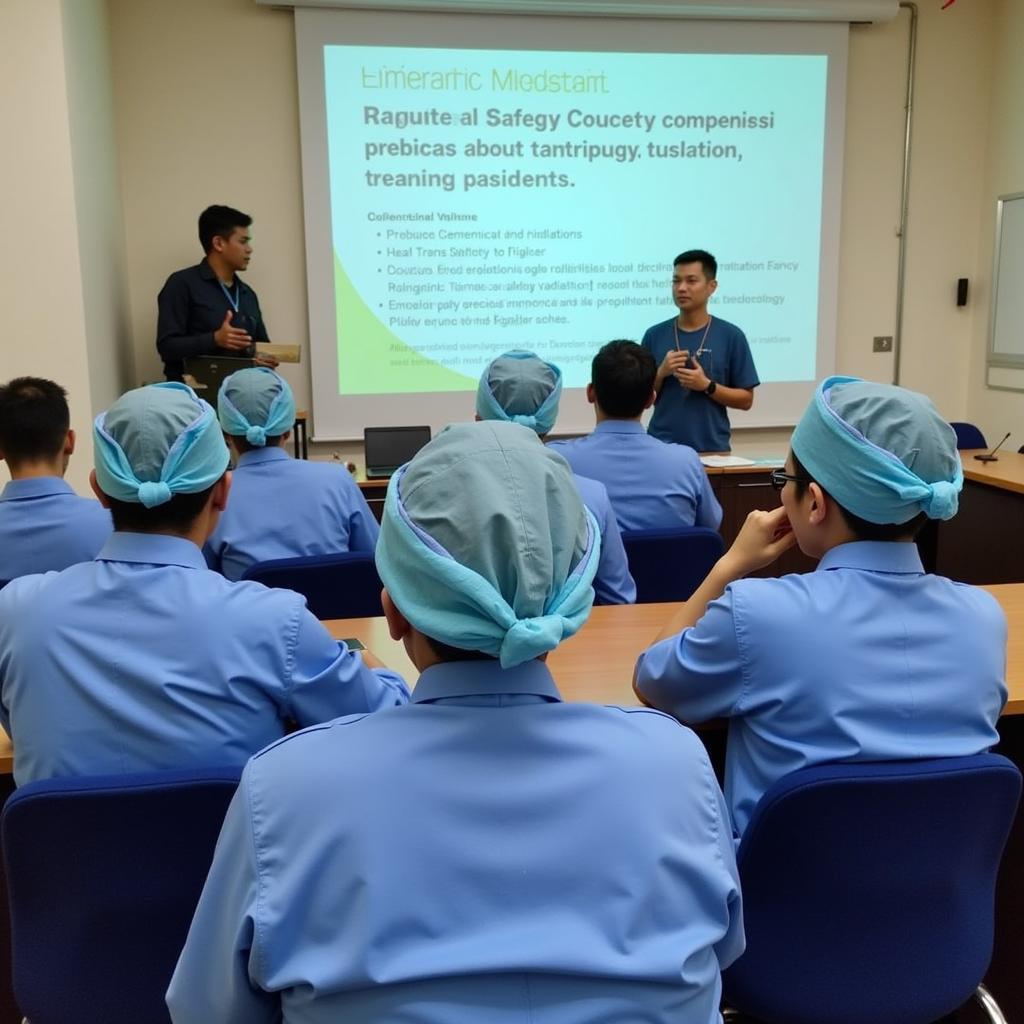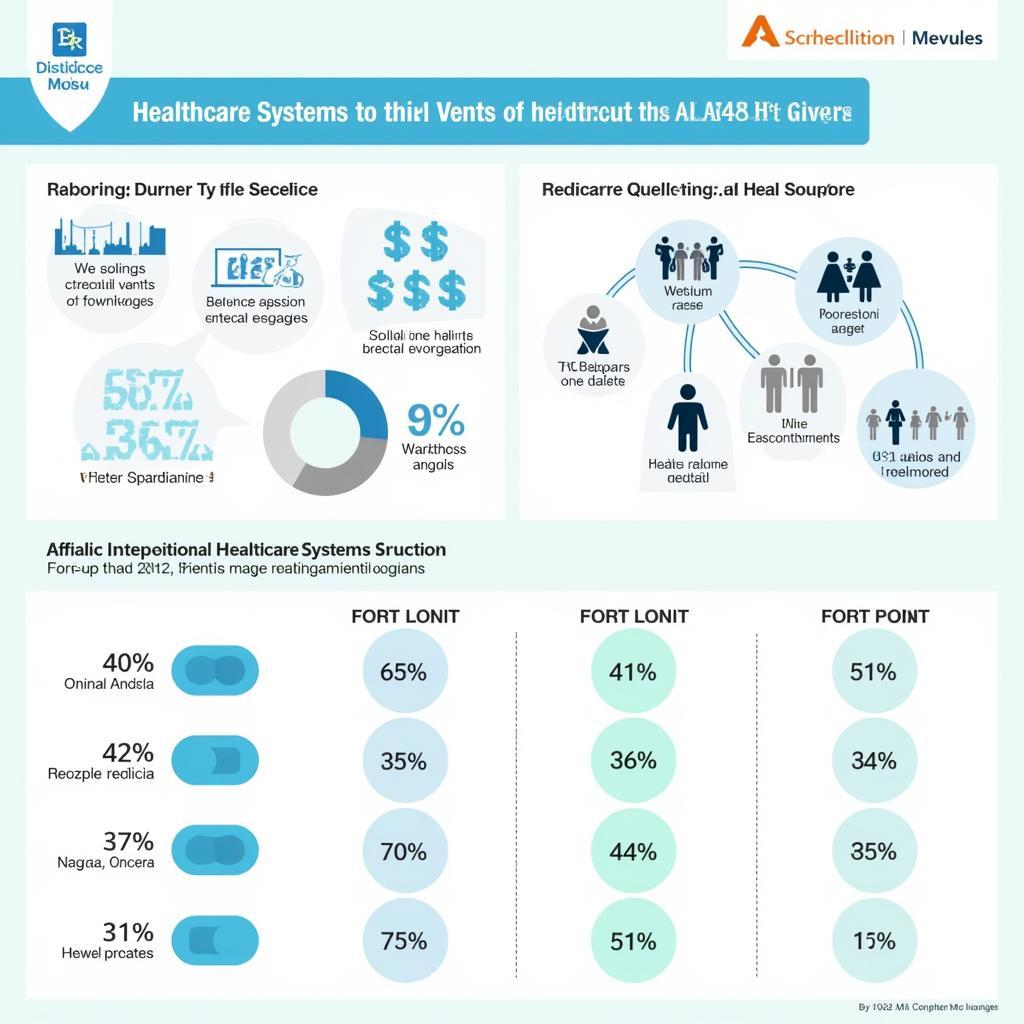The intersection of ASEAN and radiations encompasses a multifaceted landscape, encompassing both health and environmental dimensions. This exploration delves into the various sources and implications of radiation within the ASEAN region, while also highlighting proactive measures undertaken to mitigate potential risks and safeguard public well-being.
Understanding Radiation Sources in ASEAN
Radiation, in its simplest terms, refers to the emission of energy as waves or particles. While often associated with negative connotations, it’s crucial to acknowledge that radiation exists on a spectrum, with some forms posing minimal risk, while others can be detrimental to human health and the environment.
Natural Sources of Radiation
Southeast Asia, with its tropical climate and unique geological formations, experiences naturally occurring radiation from various sources:
-
Cosmic Radiation: Originating from outer space, cosmic rays constantly bombard Earth. Countries at higher altitudes or with thinner atmospheres, like Laos and Myanmar, tend to experience higher levels of cosmic radiation.
-
Terrestrial Radiation: This type of radiation arises from naturally occurring radioactive materials present in soil, rocks, and water. Regions rich in granite deposits, like certain parts of Vietnam and Thailand, exhibit higher levels of terrestrial radiation.
Man-Made Sources of Radiation
Human activities have also introduced artificial sources of radiation into the environment, including:
-
Medical Applications: X-rays, CT scans, and radiation therapy are invaluable tools in modern healthcare. ASEAN countries are witnessing a surge in the demand for such medical technologies, leading to increased exposure to man-made radiation, particularly in urban centers.
-
Industrial Applications: Industries such as energy production, manufacturing, and research utilize radioactive materials and generate radioactive waste. Ensuring the safe handling, storage, and disposal of these materials is paramount to prevent environmental contamination.
 Nuclear Power Plant in ASEAN
Nuclear Power Plant in ASEAN
Radiation Risks and Health Impacts
Exposure to high levels of radiation can damage living cells and DNA, potentially leading to various health issues:
-
Acute Radiation Sickness: High doses of radiation received over a short period can result in acute radiation sickness, characterized by symptoms like nausea, vomiting, fatigue, and hair loss.
-
Cancer: Prolonged exposure to radiation, even at low doses, increases the risk of developing certain types of cancer, such as leukemia, thyroid cancer, and lung cancer.
-
Genetic Effects: Radiation can damage DNA, leading to mutations that may be passed on to future generations. These mutations can increase the susceptibility to certain diseases or birth defects.
ASEAN’s Response to Radiation Concerns
Recognizing the potential risks posed by radiation, ASEAN countries have taken proactive steps to address radiation safety and security:
Regulatory Frameworks and International Cooperation
-
ASEANTOM (ASEAN Network of Regulatory Bodies on Atomic Energy): Established in 1997, ASEANTOM serves as a platform for cooperation among ASEAN member states on the safe and peaceful use of nuclear technology. It facilitates information exchange, capacity building, and the harmonization of radiation safety standards.
-
International Atomic Energy Agency (IAEA): ASEAN countries actively collaborate with the IAEA to strengthen their radiation safety infrastructure, emergency preparedness, and regulatory frameworks.
Environmental Monitoring and Radiation Protection
-
Environmental Monitoring Programs: Many ASEAN nations have established networks to monitor radiation levels in the environment, including air, water, and soil. This data is crucial for identifying potential sources of contamination and assessing any long-term trends.
-
Radiation Protection Measures: Governments and healthcare institutions implement safety protocols and guidelines to minimize radiation exposure during medical and industrial applications. This includes the use of protective equipment, safe handling procedures, and regular monitoring of occupational exposure.
 Radiation Safety Training in ASEAN
Radiation Safety Training in ASEAN
Emerging Challenges and Future Outlook
-
Nuclear Energy Development: As several ASEAN countries explore nuclear energy as a viable alternative for their growing energy demands, ensuring the safe operation of nuclear power plants and the secure management of radioactive waste becomes paramount.
-
Medical Tourism: The rise of medical tourism in ASEAN, particularly for specialized treatments involving radiation, necessitates robust regulatory oversight and quality assurance to maintain patient safety and prevent the potential for overexposure.
-
Climate Change and Disaster Preparedness: Extreme weather events, exacerbated by climate change, can damage industrial facilities and potentially release radioactive materials into the environment. Strengthening infrastructure resilience and enhancing emergency response mechanisms is crucial for mitigating such risks.
Conclusion
The interplay between ASEAN and radiations underscores the dual nature of radiation – a powerful tool with inherent risks. By embracing a proactive approach, fostering regional cooperation, and adhering to international best practices, ASEAN countries are striving to harness the benefits of radiation technology while mitigating potential hazards to safeguard human health and the environment. As the region continues to develop and embrace technological advancements, addressing radiation-related challenges will remain a critical aspect of ensuring sustainable and inclusive growth for present and future generations.
FAQs about ASEAN and Radiations
1. What are the main sources of radiation in ASEAN countries?
The primary sources of radiation exposure in ASEAN come from both natural and man-made origins. Natural sources include cosmic radiation and terrestrial radiation from radioactive materials in the earth. Man-made sources encompass medical procedures (X-rays, CT scans), industrial applications, and to a lesser extent, fallout from past nuclear weapons testing.
2. What is ASEAN doing to address concerns about radiation exposure?
ASEAN countries actively participate in the ASEAN Network of Regulatory Bodies on Atomic Energy (ASEANTOM), promoting regional cooperation on the safe and peaceful use of nuclear technology. They also work closely with the International Atomic Energy Agency (IAEA) to strengthen radiation safety infrastructure, emergency preparedness, and regulatory frameworks.
3. Are there specific regulations in place to protect workers who handle radioactive materials?
Yes, ASEAN countries have implemented stringent regulations and guidelines to protect workers handling radioactive materials. These regulations cover aspects like occupational exposure limits, mandatory training, the use of personal protective equipment, and regular health monitoring.
4. How are ASEAN countries monitoring radiation levels in the environment?
Environmental monitoring programs are in place across many ASEAN nations. These programs involve regularly collecting and analyzing samples of air, water, soil, and food to assess radiation levels and identify any potential sources of contamination.
5. What are the long-term health risks associated with radiation exposure?
Prolonged exposure to radiation, even at low doses, can increase the risk of developing certain cancers, including leukemia, thyroid cancer, and lung cancer. Additionally, radiation exposure can have genetic effects, potentially leading to health issues in future generations.
6. Is medical tourism for radiation therapy safe in ASEAN countries?
While many ASEAN countries offer high-quality medical care, including radiation therapy, it is crucial for patients considering medical tourism to thoroughly research and choose reputable facilities that adhere to international safety standards and have proper accreditation.
7. What role does climate change play in radiation risks within ASEAN?
Climate change intensifies the frequency and severity of extreme weather events, which can potentially damage industrial facilities, including those handling radioactive materials, leading to accidental releases. Strengthening infrastructure and disaster preparedness is essential to mitigate these risks.
Explore More
Need Assistance? Contact Us:
- Phone: 0369020373
- Email: aseanmediadirectory@gmail.com
- Address: Thon Ngoc Lien, Hiep Hoa, Bac Giang, Vietnam
Our dedicated customer support team is available 24/7 to answer your inquiries.

